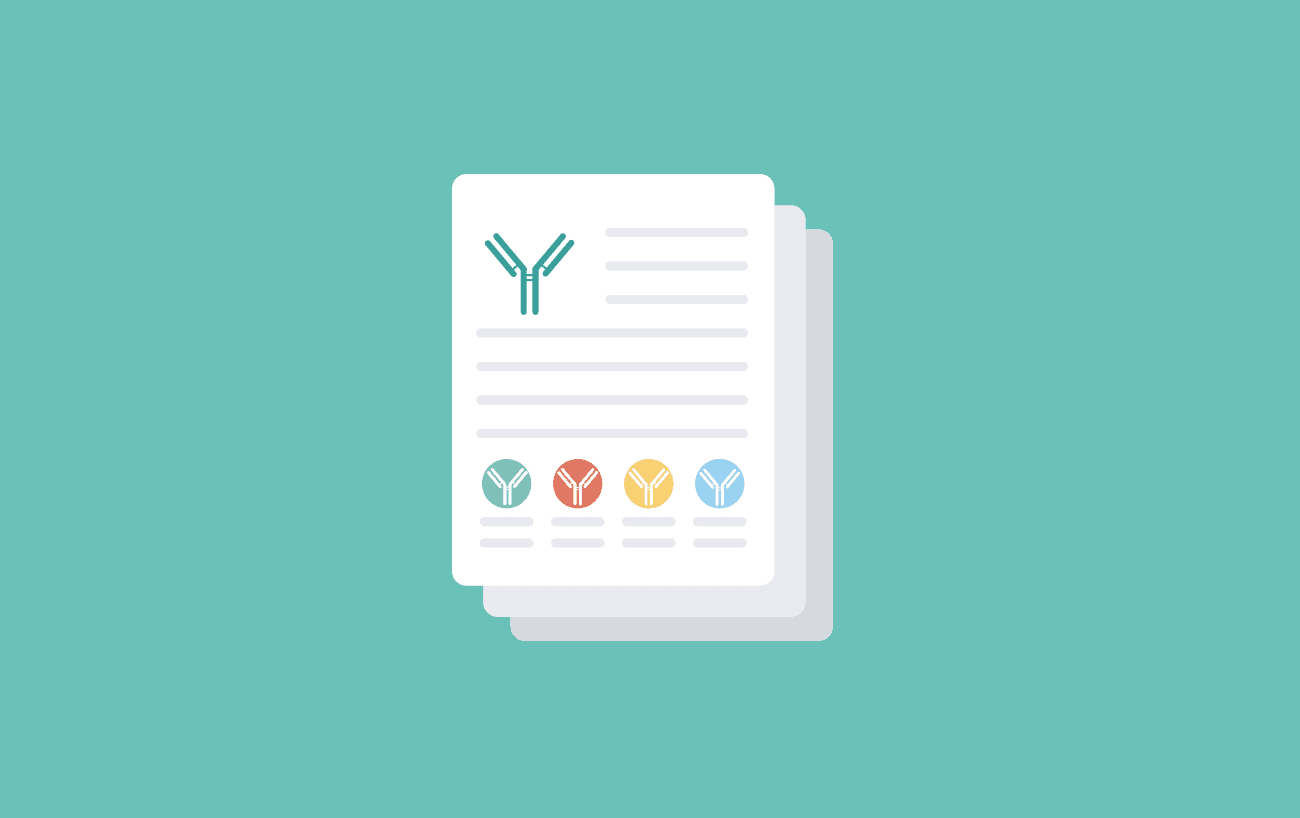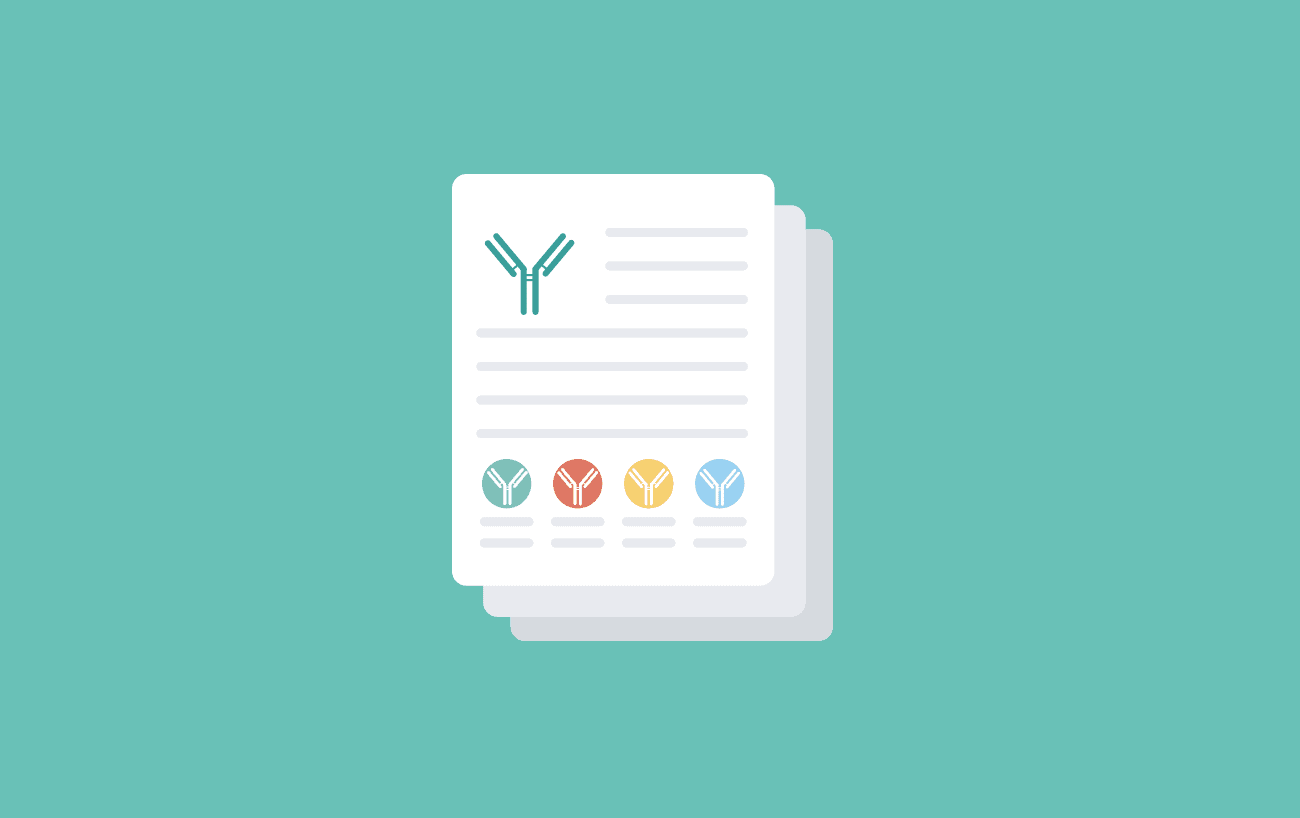Introduction
The past year has undoubtedly been a year of transitions, from navigating the social distancing measures to reorienting ourselves, travelling and keeping up to date with how strike actions affect our daily routines. A Nature study published in January 2023 suggests a stagnation in disruptive science and technology, with a decline in the number of research articles and patents in this area1. There has, however, been a steady stream of applications in previously identified scientific focus areas. Here we review seven scientific topics set to make significant advances in 2023.
mRNA vaccines for respiratory viruses and now cancer
Delivered using lipid nanoparticles (LNP), mRNA vaccines were described initially for the Ebola virus. However, there was a lack of commercial development of mRNA vaccines for the Ebola virus as the outbreaks only affected a limited geographic area. We now have evidence that mRNA COVID-19 vaccines are valuable tools for fighting viruses. They are effective against severe disease, hospitalisations, and death. With the successful approval and use of mRNA vaccines for COVID-19 worldwide, mRNA vaccine technology is now being considered for several health applications.
Production and manufacturing processes for mRNA vaccines are straightforward. The first step is to choose a desired sequence, which can be antigens for vaccines or encode antibodies, cytokines or immune system proteins. Then a DNA template is created using in vitro transcription, which can synthesise the mRNA of interest. Purification and verification steps are needed here, followed by the construction of a delivery mechanism, which in most cases is LNPs. The standardised process flow steps mean the manufacturing process remains more or less the same even when the target sequence is different.
Phase-1 clinical trials are currently underway for a combination vaccine against SARS-CoV-2 and H1N1 influenza, a collaborative effort by Pfizer and BioNTech2. Concurrently, the results from the trial that combines mRNA therapy with humanised antibody therapy used in cancer immunotherapy, Keytruda, have shown the clinical efficacy of mRNA therapy for cancer. This phase IIb advanced melanoma clinical trial has produced promising results: patients in the trial were less likely to die and have skin cancer recurrence. This has spurred on testing the therapeutic possibilities of mRNA vaccines for cancer research. In 2023, the UK will accelerate research into the production of mRNA vaccines for personalised cancer therapy by collaborating with BioNTech.
Biotechnology for agriculture
Last year saw the sharpest price rises in food in over a decade. This has put agriculture at the forefront of our minds. These price rises were partly caused by the Russian invasion of Ukraine and shortages in food supplies — due to rising prices of fertilisers, high energy prices and crop losses. To combat this advances in biotechnology have concentrated on increasing food production and the nutritional value of food.
Gene-edited plants are technically different from genetically modified plants — the plant’s own genes can be altered without the need to insert genes from different species. Recent advances in CRISPR technology have focussed on improving crop yields. One such technology combines techniques that edit multiple genes and simultaneously activate other genes in plants. Named CRISPR-Combo for this reason, this technique has been shown to shorten the lifespan of a closely-related member of the cabbage and radish family, Arabidopsis.
Other research groups have used the CRISPR-Cas9 gene-editing system to increase the nutritional profile of plants. By tweaking the biosynthetic enzymes involved in synthesising provitamin D3 in tomatoes, researchers engineered the accumulation of provitamin D3. UV light could then be used to convert provitamin D3 to vitamin D3.
To facilitate scientific advances in CRISPR technologies for plants, the UK simplified the rules for gene editing in plants. Made possible by the departure of the UK from the EU last year, England put in place new legislation allowing scientists to undertake gene editing for plant-based research and development.
Increased use of decentralised healthcare and diagnostics
The importance of decentralised healthcare and diagnostics became apparent during the COVID-19 pandemic when patients needed to be quickly monitored for respiratory problems and co-morbidities. Bringing diagnostic testing closer to patients offers many advantages. The speed of patient diagnosis is accelerated, allowing informed decisions on patient management to be made promptly.
Post-pandemic, healthcare systems are still under severe pressure, with the demand exceeding capacity. This means the healthcare system needs to adapt and change. In the UK, the health system infrastructure is changing. In 2023, the UK is set to open an additional 19 community diagnostic centres (CDCs). The CDCs complement the diagnostics facilities offered by hospitals. They offer blood tests, heart and blood pressure monitoring and a range of scanning equipment. Certain sites provide additional diagnostic services.
Robotics and automation are important facets of community diagnostic centres or mobile diagnostic testing. Diagnostics laboratories and testing units increasingly rely on computers and information technology systems to control processes and laboratory equipment. The advantages are to accelerate routine sample preparation and analysis processes.
These automated devices are ideal for increasing walkaway time. They have minimal hands-on time to ensure the most effective, productive use of employees and equipment to perform high-throughput analysis. Another advantage of laboratory automation is the potential to integrate artificial technology (AI) to operate these devices.
A key area in robotics set to grow in 2023 is four-dimensional (4D) bioprinting3. The technology is based on the computer-controlled creation of living tissues containing layers of cells and cellular components that are designed on living matter. Adding an extra dimension to three-dimensional (3D) bioprinting allows the creation of organs or biomedical devices that are dynamic and responsive to stimuli4.
Application of artificial intelligence and machine learning techniques
Bioinformatics has always relied heavily on ultrafast processes — supercomputers. Supercomputers have undertaken sequencing and mapping to molecular dynamics. But now, the amount of data generated in biotechnological experiments and the employment of automated laboratory devices is present across all disciplines of biotechnology. Unsurprisingly, there has been an expansion in the field of artificial intelligence (AI) in the life sciences industry.
The leaders in the life sciences industry are now paying more attention to AI. Recent acquisitions of AI firms by biotech companies, such as InstaDeep by BioNTech and Blackford Analysis by Bayer, show this is the case. The applications include designing therapeutic target identification, drug and image screening, data management and automation of routine tasks. In the coming year, we are all keen to see how employing AI gives life science companies a competitive edge.
Last year, one surprising application of AI: machine learning, came to light. This was in the form of neurones playing the computer game Pong. Here researchers showed for the first time that human neurones in an artificial culture could be stimulated with electrical impulses to perform goal-directed tasks. In this case, the neurones learnt to play one of the first computer games generated, Pong. The researchers considered the neurones displayed sentient behaviour as the cells were able to both perceive and respond in a dynamic way to sensory information.
Although a type of machine learning model, large language models, have applications in specific areas, they can also have drawbacks in adjusting the language to communicate effectively and capture the context of a situation. This said, when inputting and searching specific information, LLMs have been shown to be effective in generating artificial enzymes for biotechnological applications. This is exactly what the team of US academics did in collaboration with Salesforces Research, who developed the AI program ProGen. The research was published in the January 2023 issue of Nature Biotechnology. LLMs were able to design artificial proteins with similar efficiencies as real proteins, but with low sequence identity, so they were substantially different to known proteins.
Using molecular barcodes
Tagging biomolecules has remained one of the fundamental strategies in scientific research. DNA and protein tags have served important selection, detection and monitoring functions. Molecular barcodes are short DNA sequences that help differentiate between the origins of items. Particularly amenable to applications based on microfluidic systems, molecular barcodes are helpful because they allow samples to be pooled or mixed together and analysed simultaneously. This means faster data processing and data acquisition. Using molecular barcodes can also reduce the cost of reagents when the sample size increases.
Molecular barcodes can be used for several applications. The most popular application of this technology has been in next-generation sequencing (NGS). Here molecular barcodes can be used to tag specific libraries of specific samples. Partnered with flow cytometry, barcoded samples can mark different cell populations for immunophenotyping protocols.
Molecular barcoding can also be applied for lineage characterisation. Genetic differentiation can be easily determined using a unique identifier. Ancestral relationships of cells can be constructed in this way. In vivo barcoding using the Cre-lox system has been particularly important for studying stem cells5. Researchers are actively developing new tissue extraction methods that preserve the spatial and morphological aspects of tissue6. A team from the Wyss Institute at Harvard University have designed a method to select cells of interest using an optical device. These cells are attached to molecular barcodes using UV light followed by deep sequencing via NGS. This technology means researchers can select cell populations of interest and return to precious samples for further investigation.
Multiplexing assays
According to several market reports, the market value of multiplex assays is set to grow significantly in the next few years. Multiplex assays are capable of the efficient, simultaneous quantification of multiple analytes for both research and clinical laboratory settings as well as in pharmaceutical and biotechnological industries.
Offering the benefits of using smaller sample volumes whilst achieving high sensitivity, multiplex assays are available in different assay types — nucleic acid-based assays and protein-based multiplex assays. Assays can also be compatible with varying sample types. This, combined with the increased use of personalised medicine, makes multiplex assays ideal for analysing the potential treatment of different disease areas. Biocompare’s 2022 Antibody Report highlights the increased use of antibodies for multiplex analysis7.
Multiplex real-time PCR assays were significant for diagnosing variants of concern (VOC) for COVID-19. Protein-based multiplex assays such as multiplex ELISA produce multiple signal measurements instead of a single measurement. Furthermore, multiplexing can be used in many assays amenable to microfluidic systems or microarray platforms. For this reason, the multiplex range of products includes reagents and consumables, assay instruments, accessories, associated software and instrument services.
Environmental goals
Already in 2020, Morgan Stanley’s survey reported that amongst institutional investors, there was growing popularity for investing in companies that “achieve market-rate financial returns, while considering positive or environmental impact” 8. This has continued to be the case over the last couple of years.
Choosing sustainable development solutions that reduce carbon emissions can benefit businesses as they can reduce operational and capital costs while reducing their environmental impact. All business sectors must be considered, such as using raw materials, water, and packaging.
One aspect that is often overlooked is the environmental cost associated with digital activity — how a company’s digital information is stored and processed in data centres and the carbon footprint associated with these activities. Other factors are water consumption—from hydroelectricity used to power data processing activities and land usage—used to house data processing and transmitting centres.
This is particularly important for pharma, biotech companies, contract research organisations (CROs), and contract development and manufacturing organisations (CDMOs) focused on manufacturing products.
As evidenced by COVID-19, collaboration was vital in finding rapid solutions for COVID-19. Therefore, CDMOs may now play an essential role in manufacturing in the future. It is a favourable market for CROs and CDMOs. A recent report highlights that the global CDMO outsourcing market is forecast to grow by $8414 billion during 2023-20279.
Concluding remarks
In the past, it would have taken a number of years before scientific advances directly impacted our daily lives. The COVID-19 pandemic is an unforgettable reminder that it does not have to be this way. The scientific advances in life sciences and biotechnology are incredibly application-driven and set to make real differences in our everyday lives, from vaccine design and personalised medicine to the production of food crops.
References
- Park, M., Leahey, E. & Funk, R. J. Papers and patents are becoming less disruptive over time. Nature 613, 138–144 (2023)
- Naddaf, M. The science events to watch for in 2023. Nature https://www.nature.com/articles/d41586-022-04444-3 (2022).
- Forbes. 4 Mind-Boggling Technology Advances In Store For 2023. https://www.forbes.com/sites/chuckbrooks/2022/12/13/4-mind-boggling-technology-advances-in-store-for-2023/ (2023).
- Neagu, A. Towards 4D Bioprinting. (Elsevier Inc, 2023). doi:https://doi.org/10.1016/C2018-0-04555-7.
- Biben, C. et al. In vivo clonal tracking reveals evidence of haemangioblast and haematomesoblast contribution to yolk sac haematopoiesis. Nat Commun 14, (2023).
- Kishi, J. Y. et al. Light-Seq: light-directed in situ barcoding of biomolecules in fixed cells and tissues for spatially indexed sequencing. Nat Methods 19, 1393–1402 (2022).
- Biocompare. Biocompare 2022 Antibody Report. https://www.linkedin.com/posts/pivotal-scientific_lifescience-research-antibodies-activity-7028682102082568192-8be-?utm_source=share&utm_medium=member_desktop (2022).
- Morgan Stanley. 7 Insights from Asset Owners on the Rise of Sustainable Investing. https://www.morganstanley.com/ideas/sustainability-investing-institutional-asset-owners (2020).
- ReporterLinker. Global Contract Development and Manufacturing Organization (CDMO) Outsourcing Market 2023-2027. https://www.reportlinker.com/p05445330/Global-Contract-Development-and-Manufacturing-Organization-CDMO-Outsourcing-Market.html?utm_source=GNW (2022).




